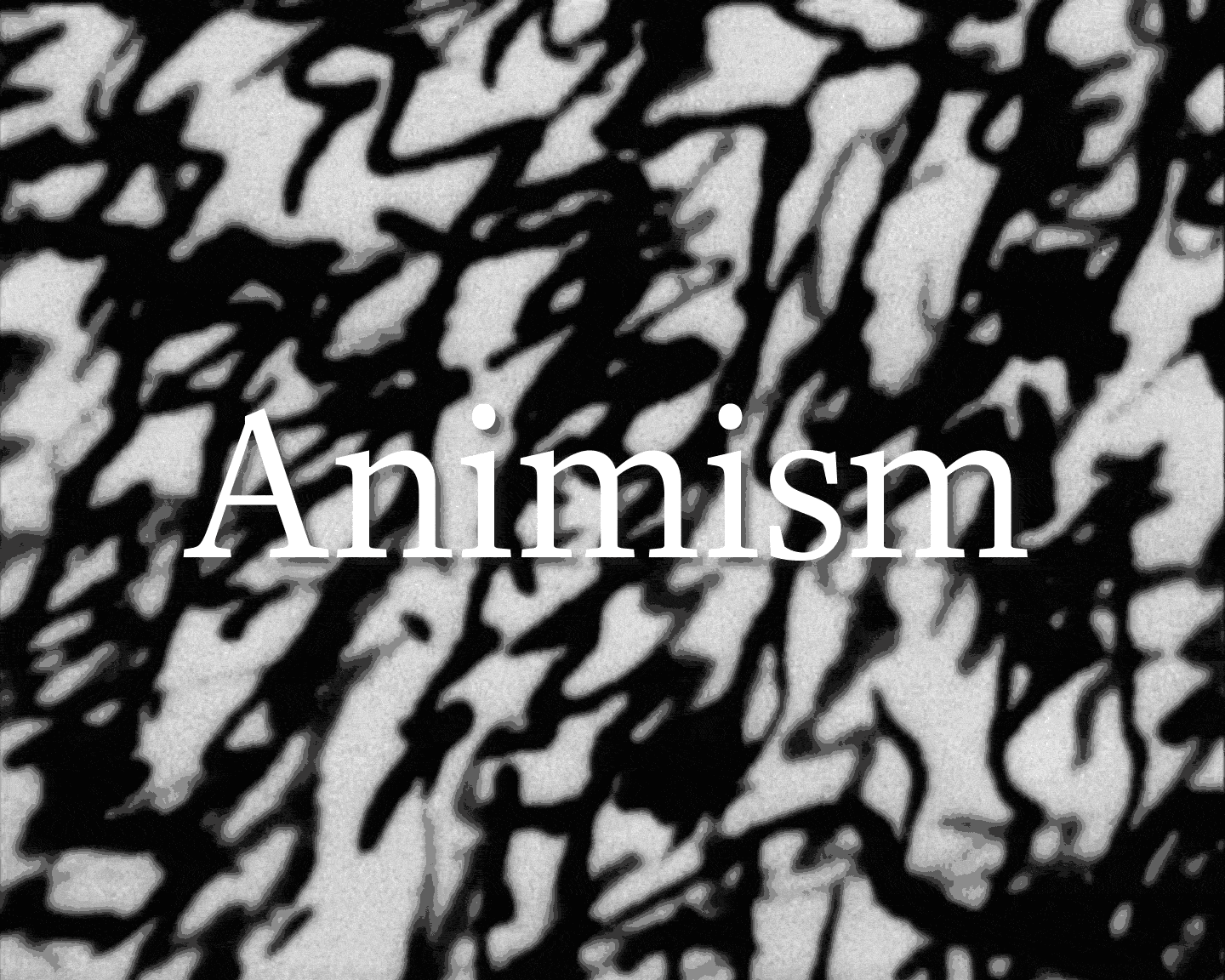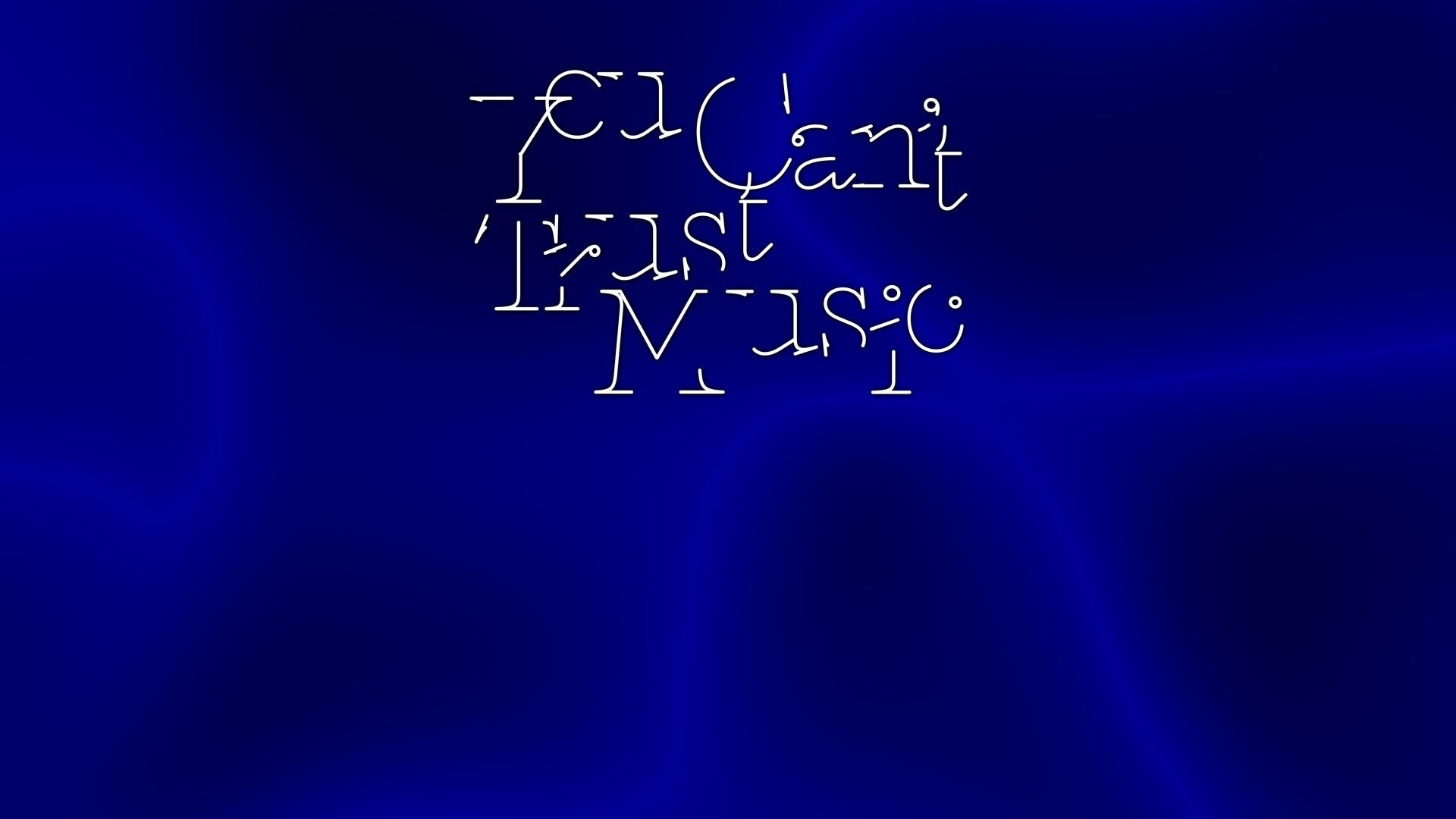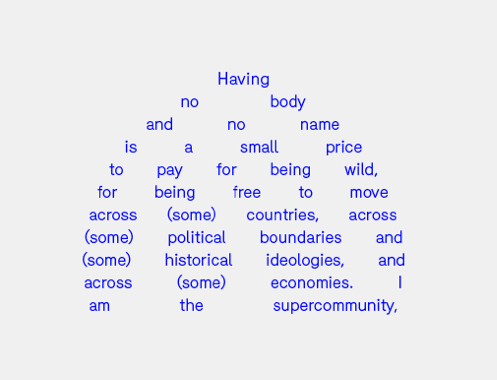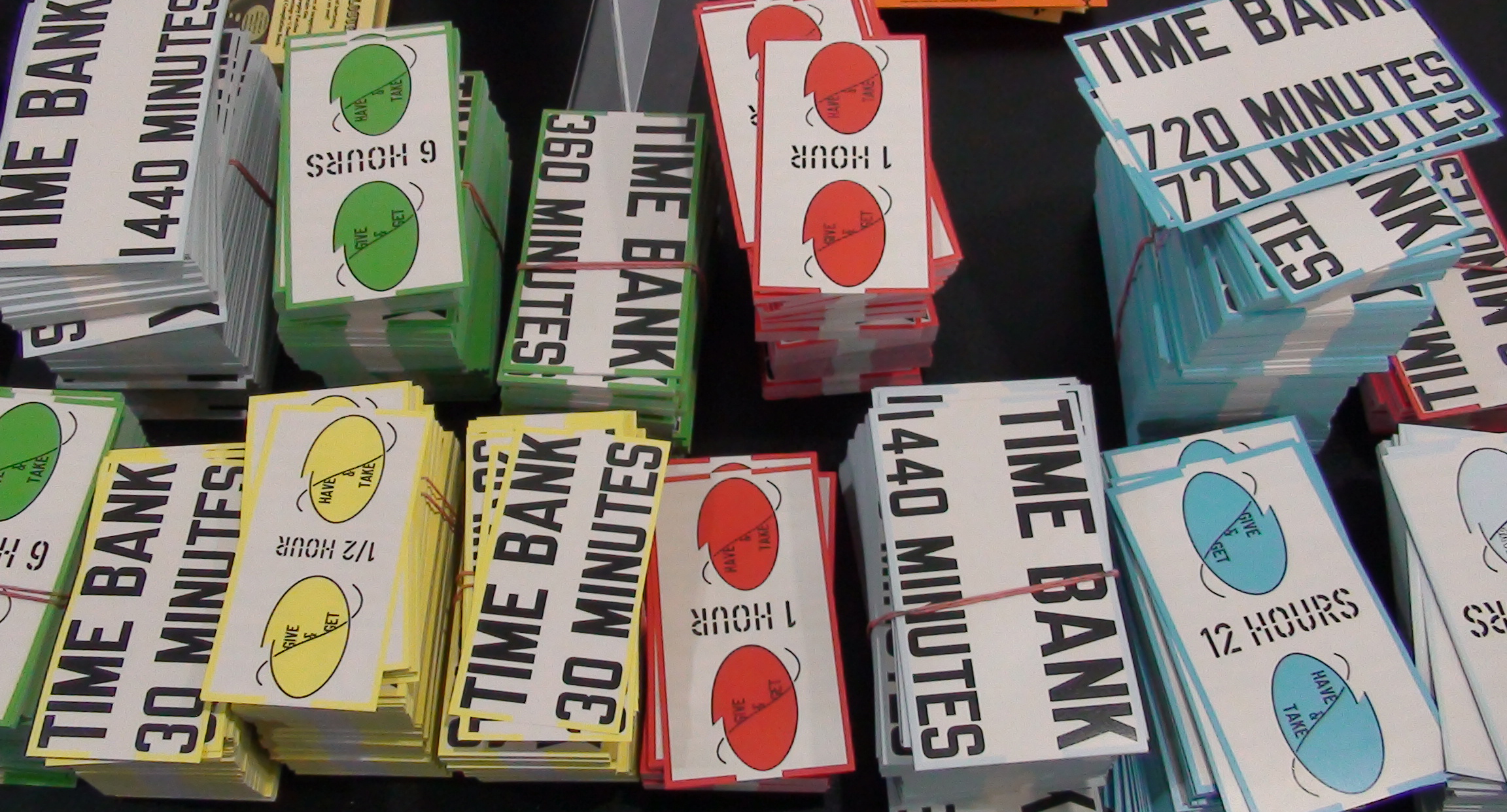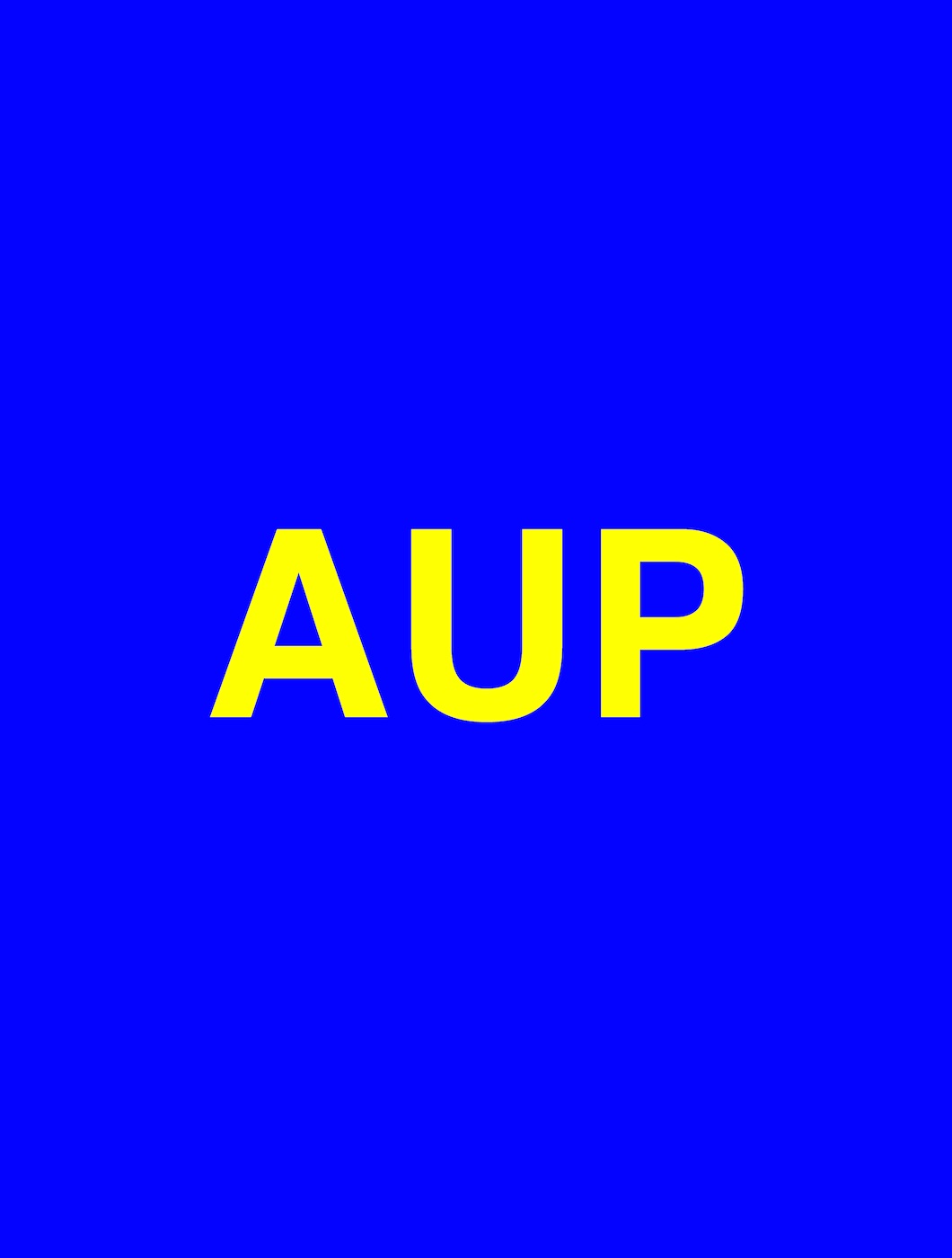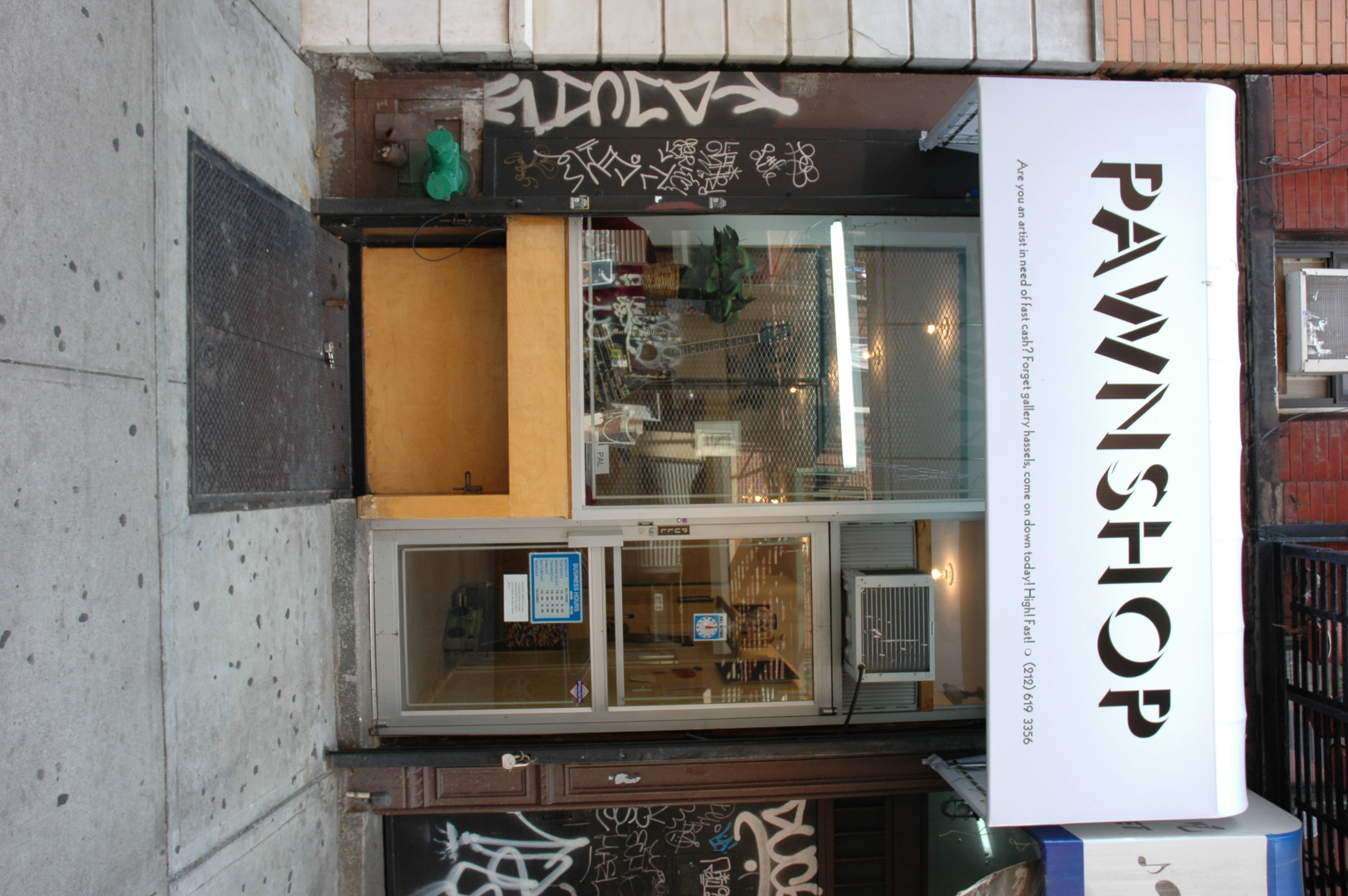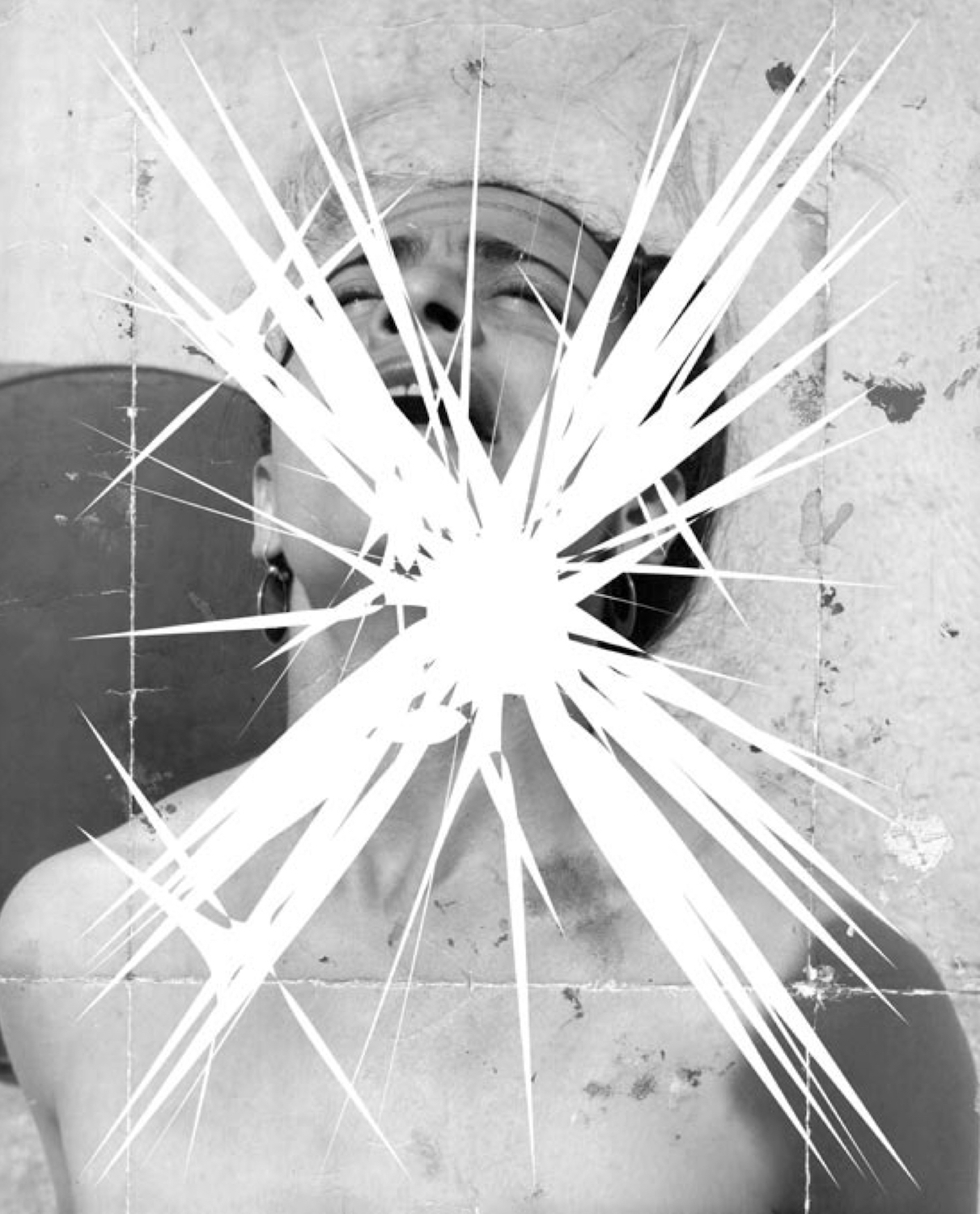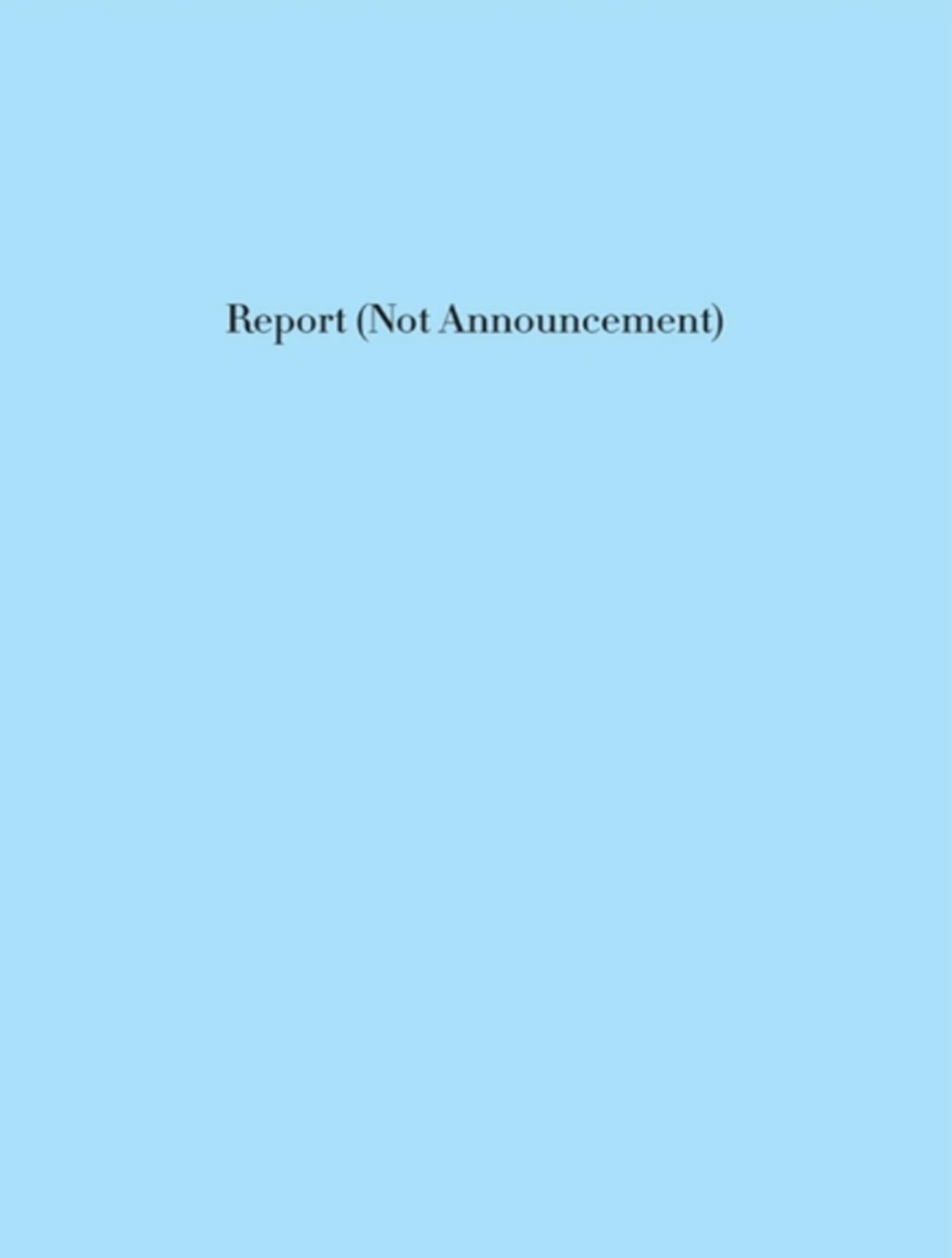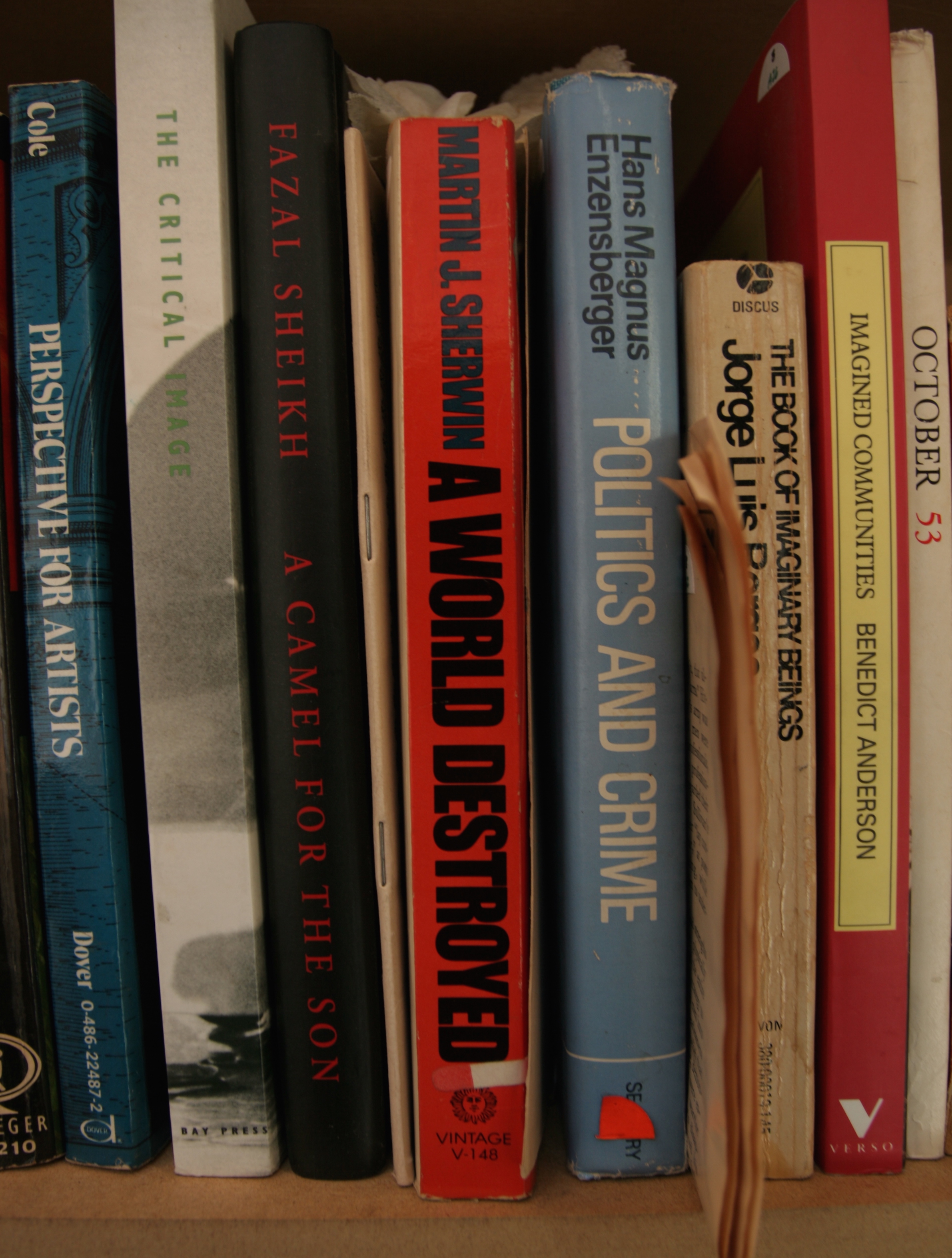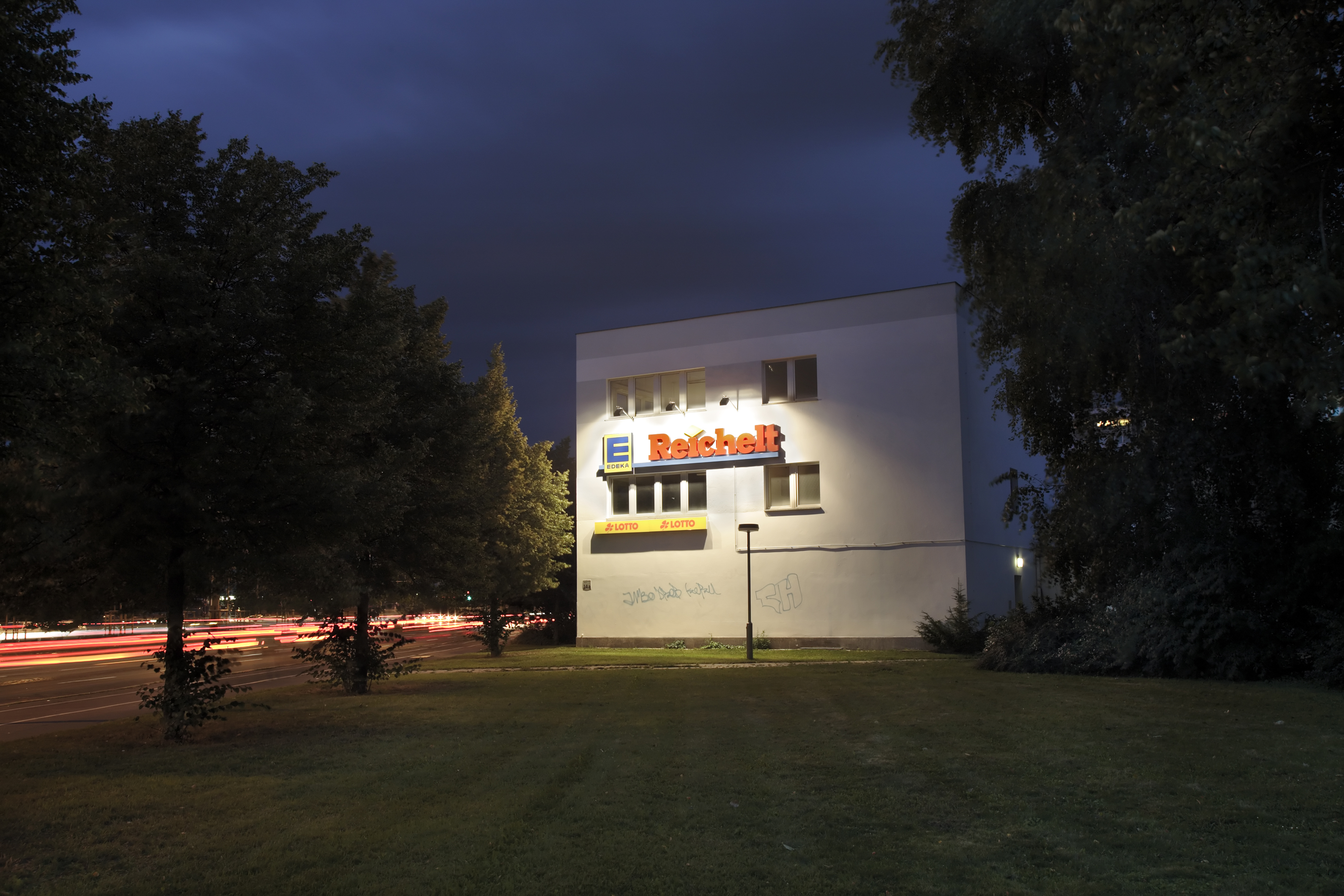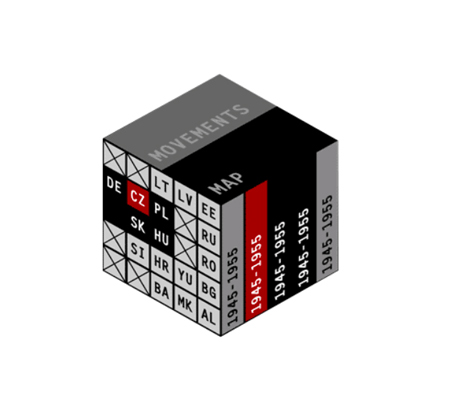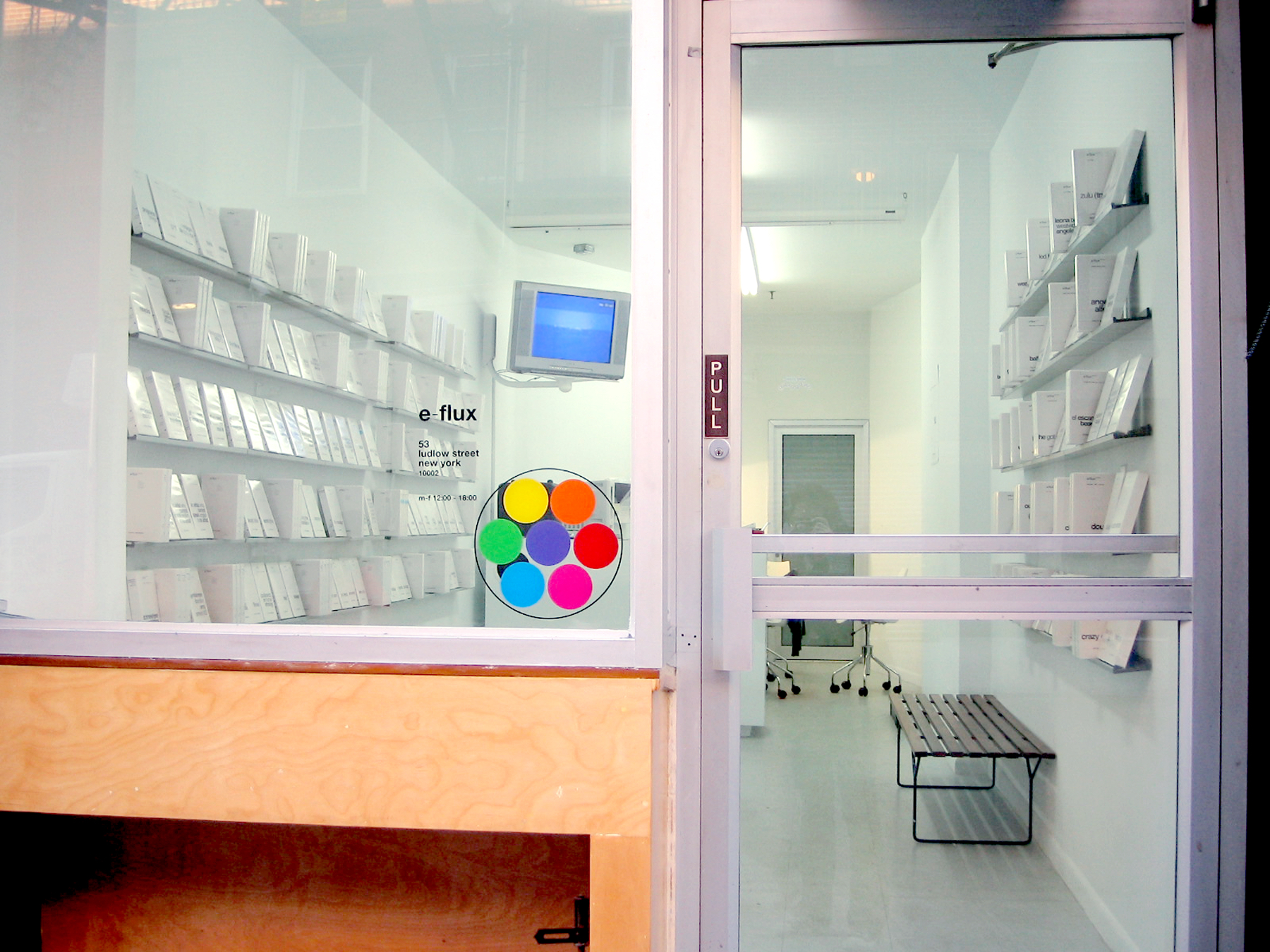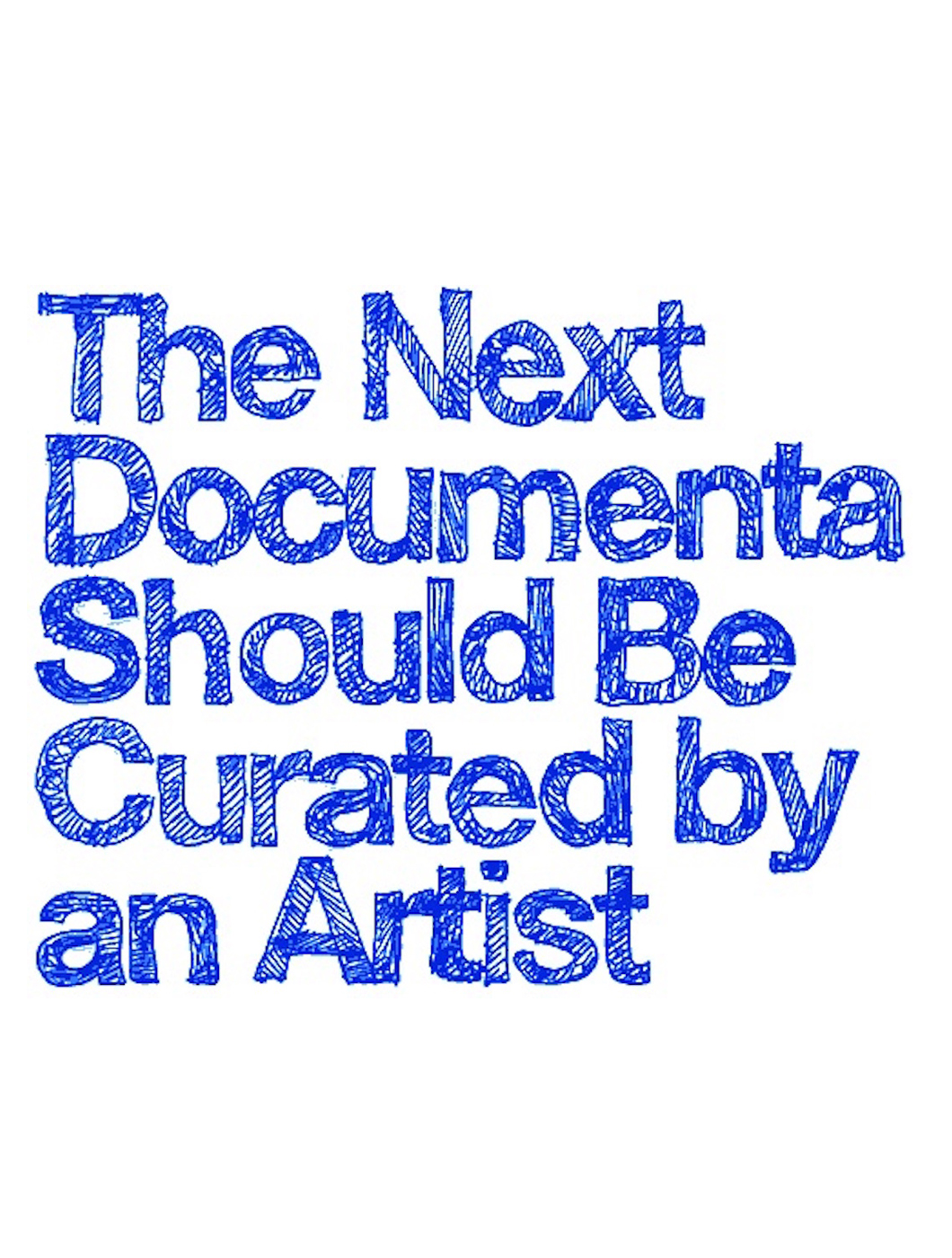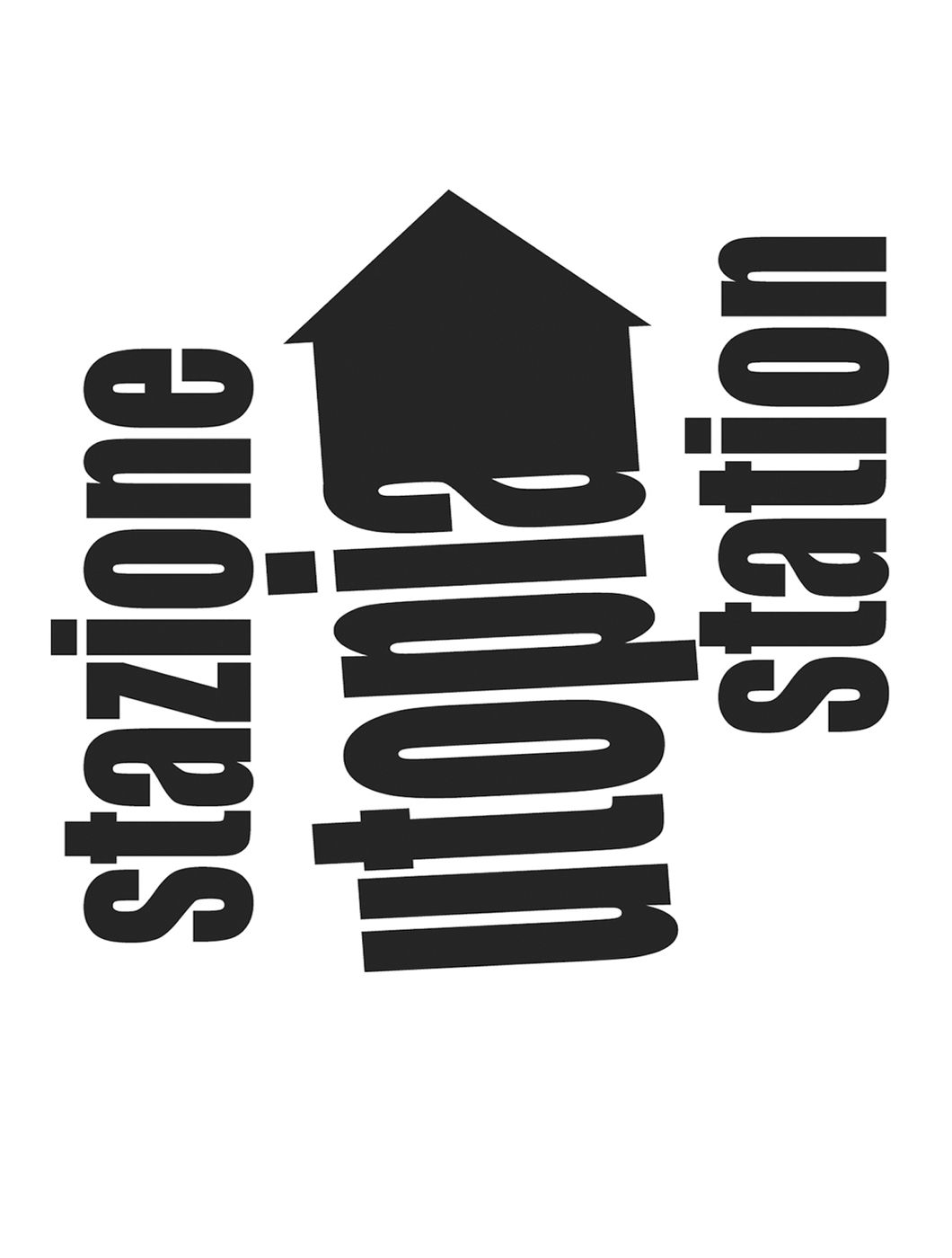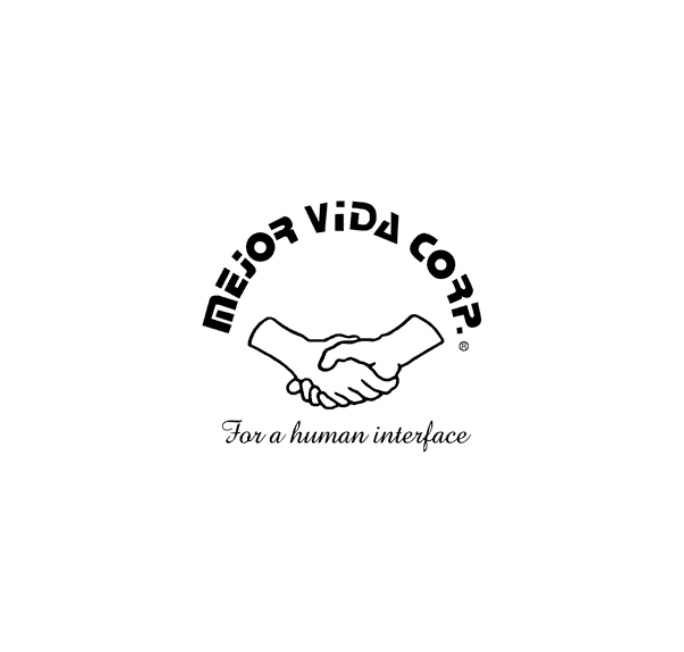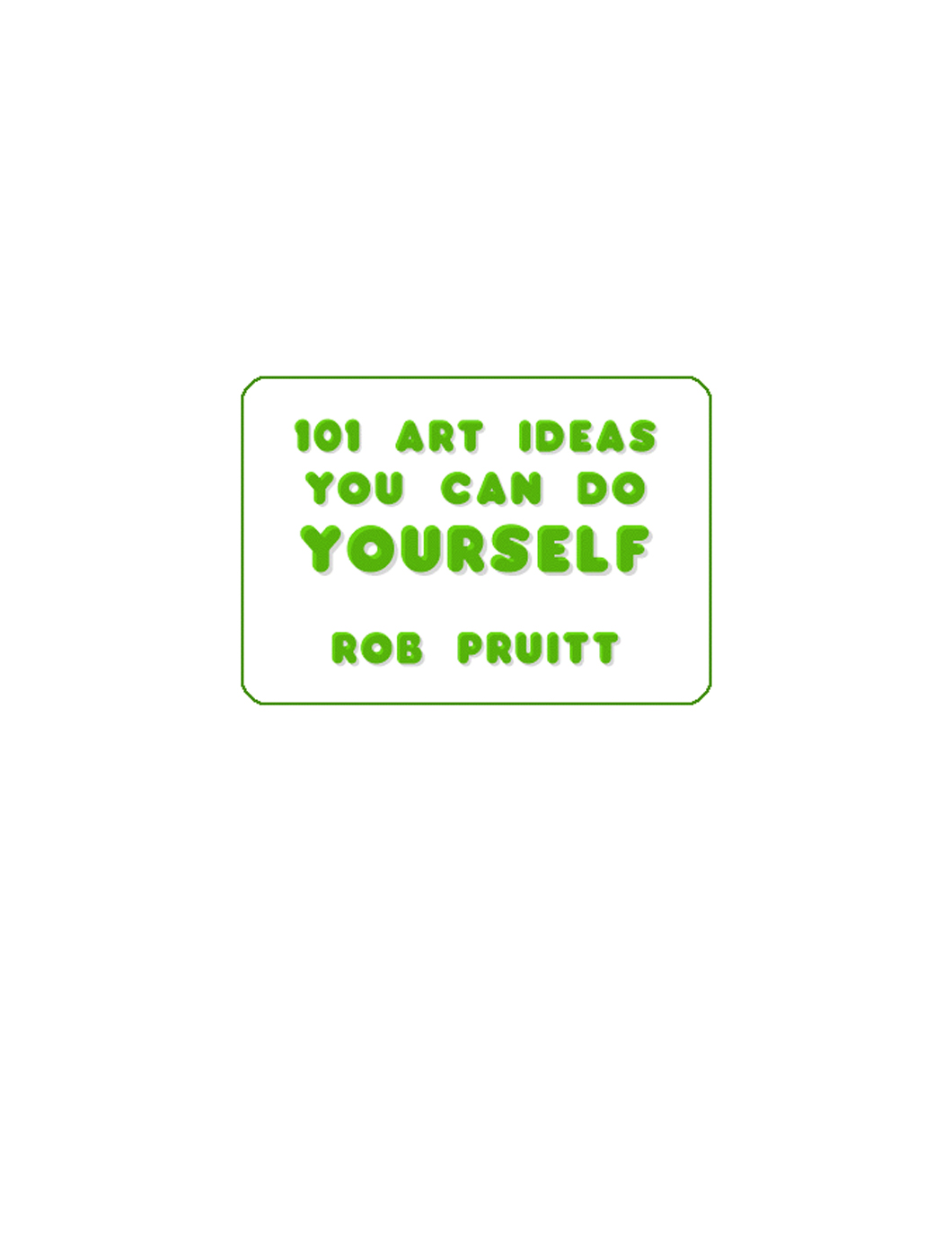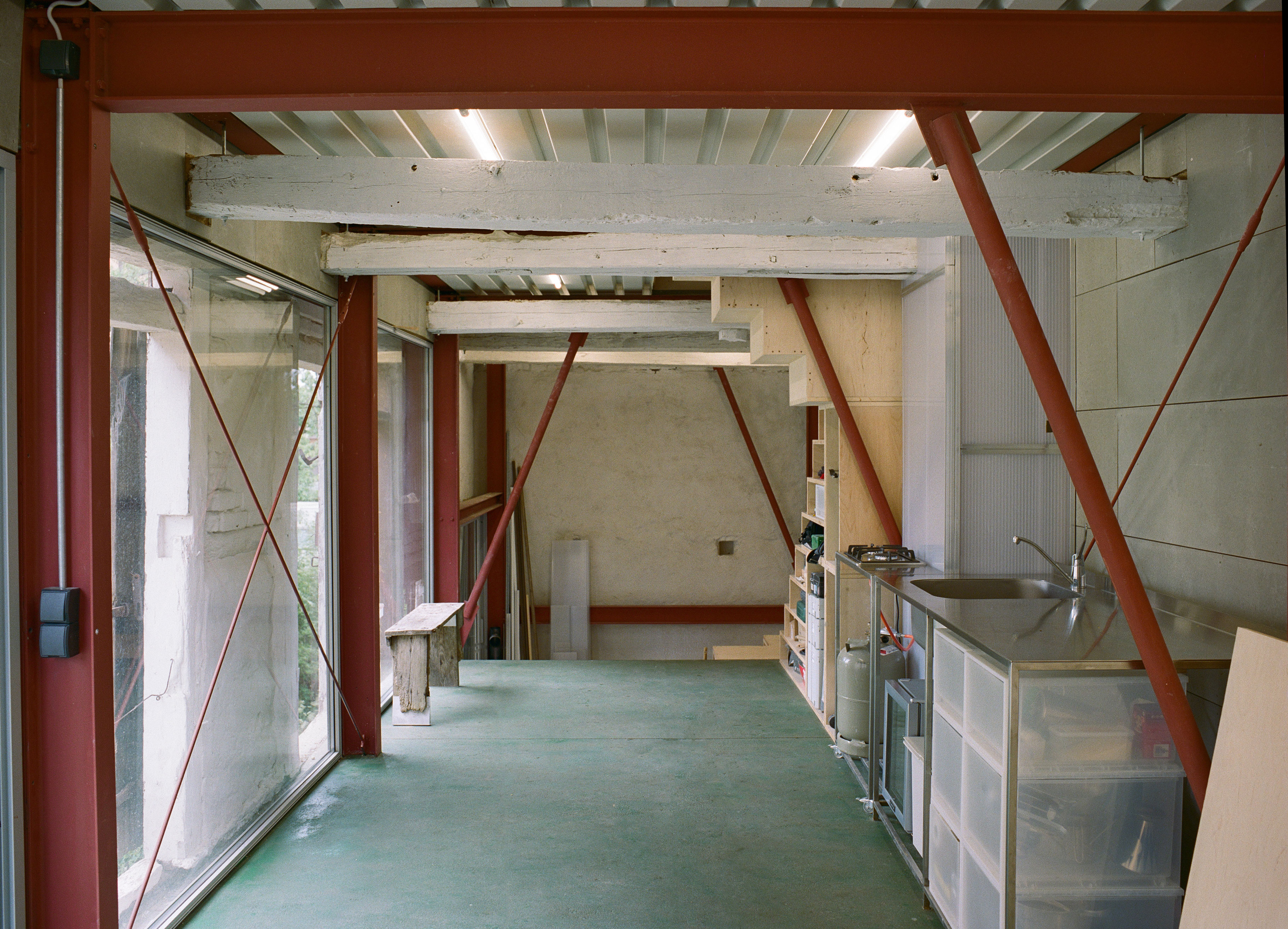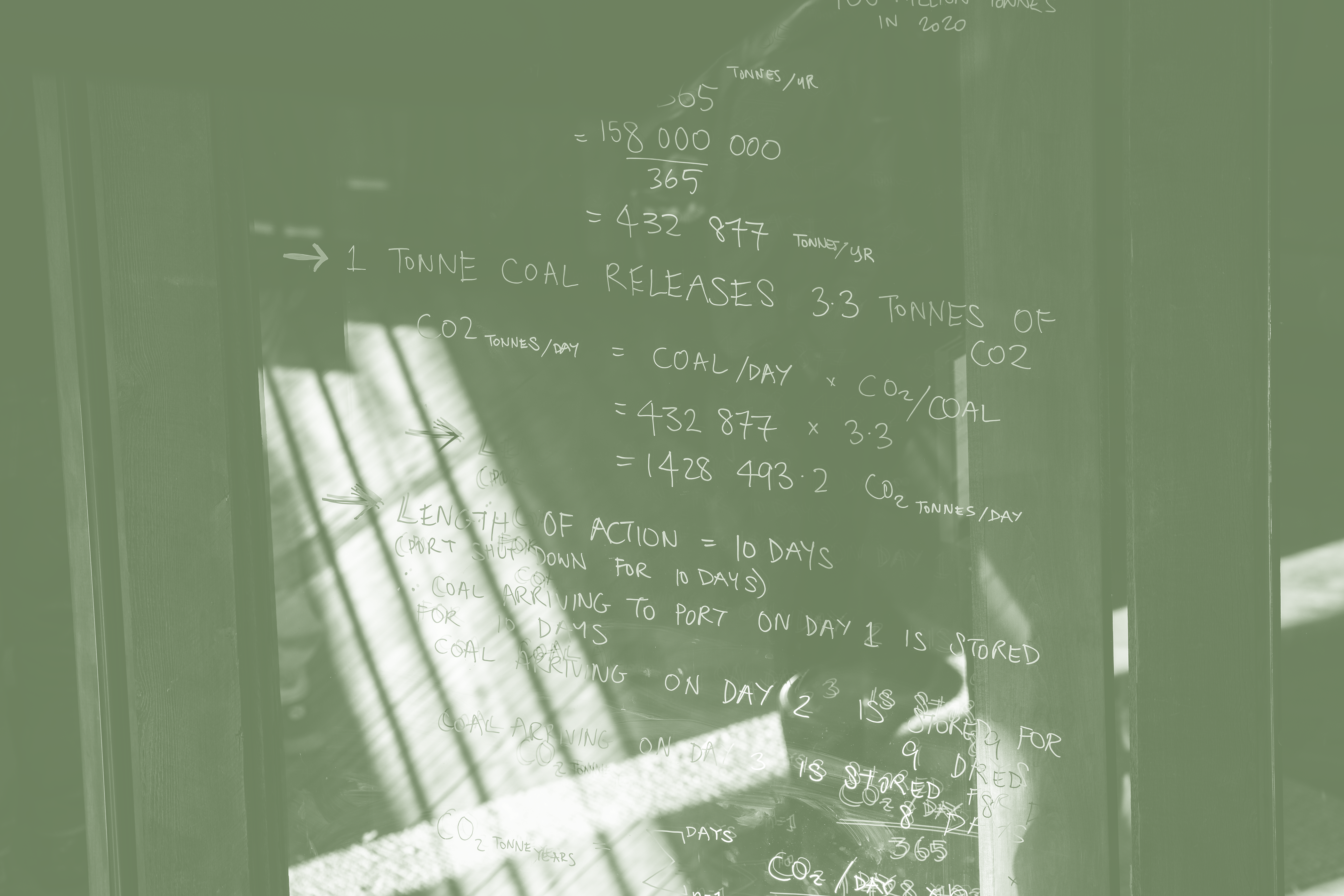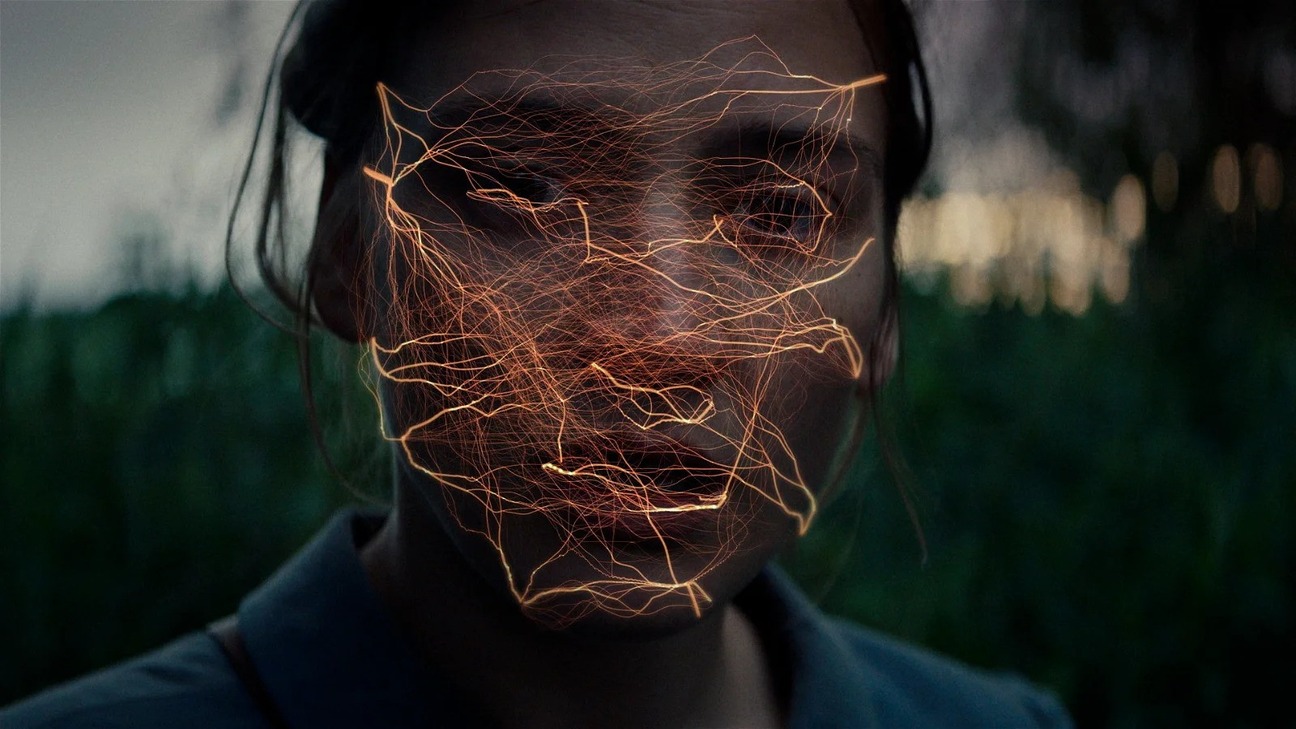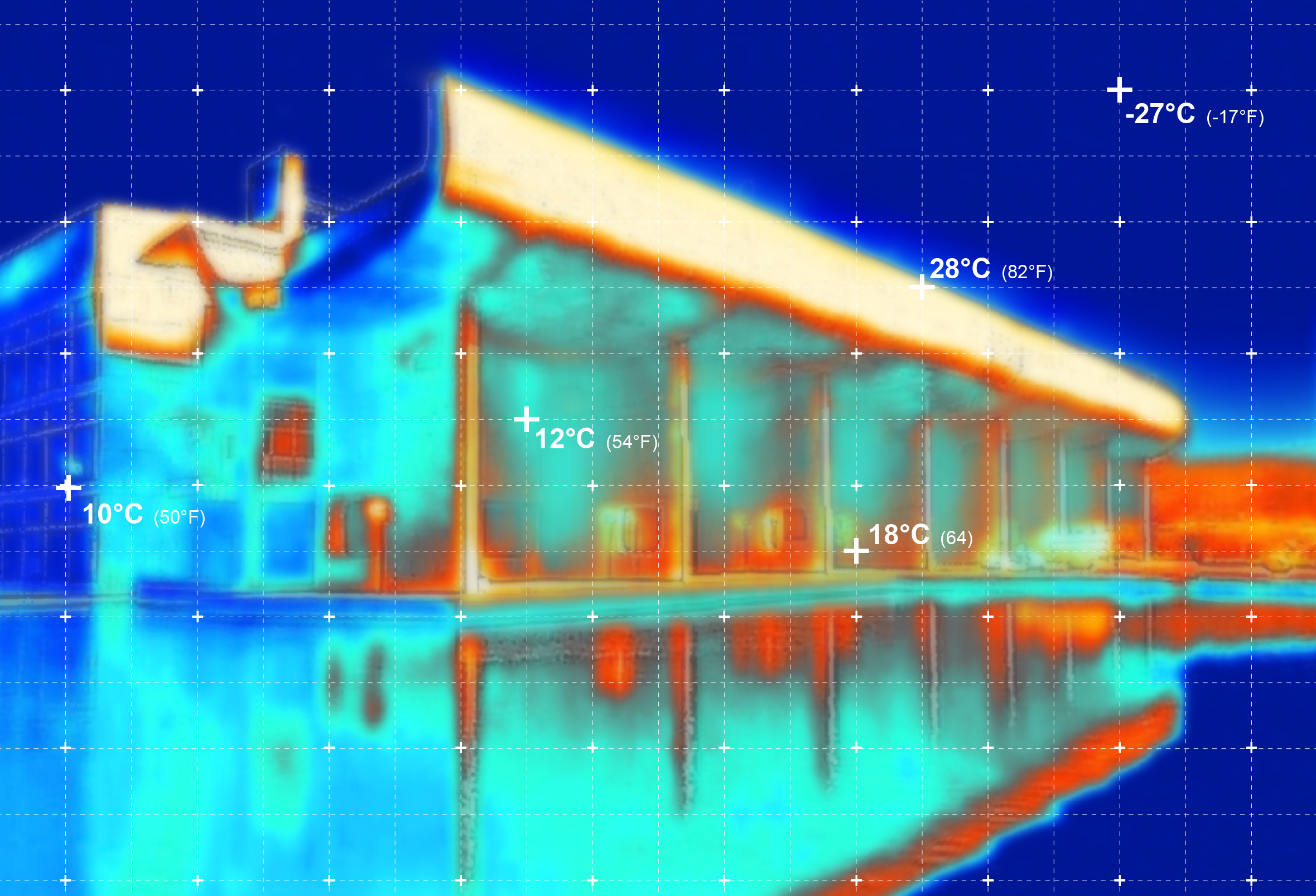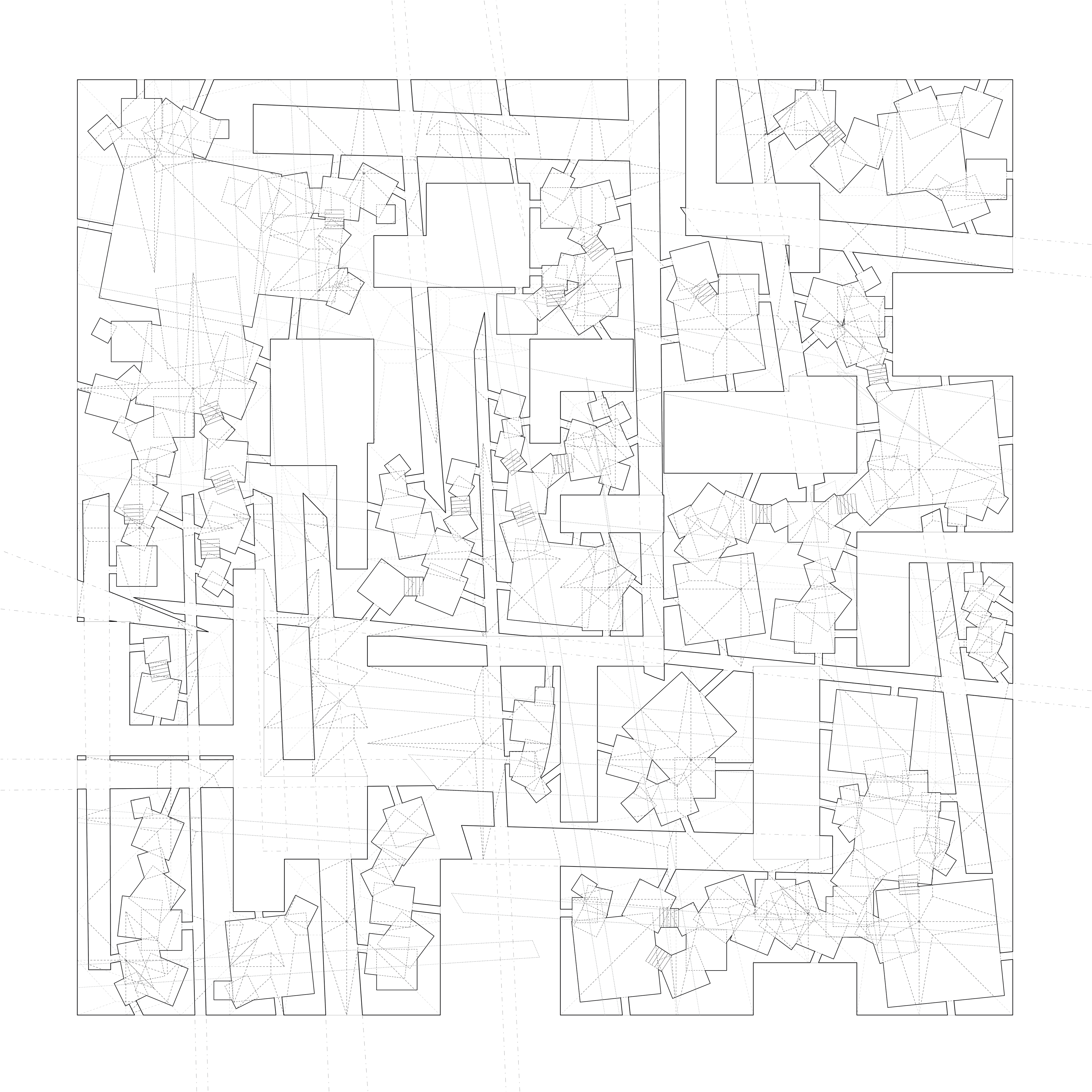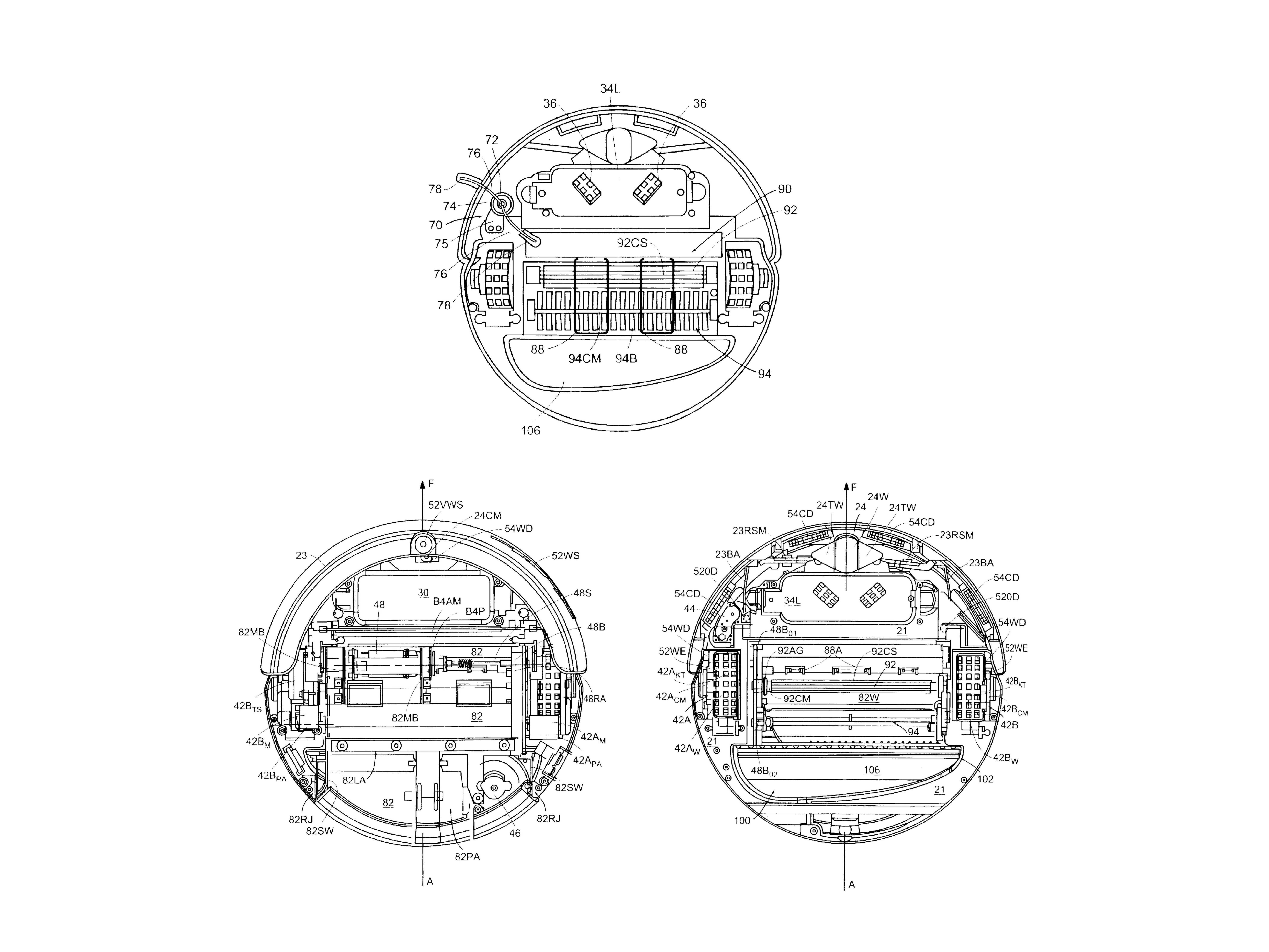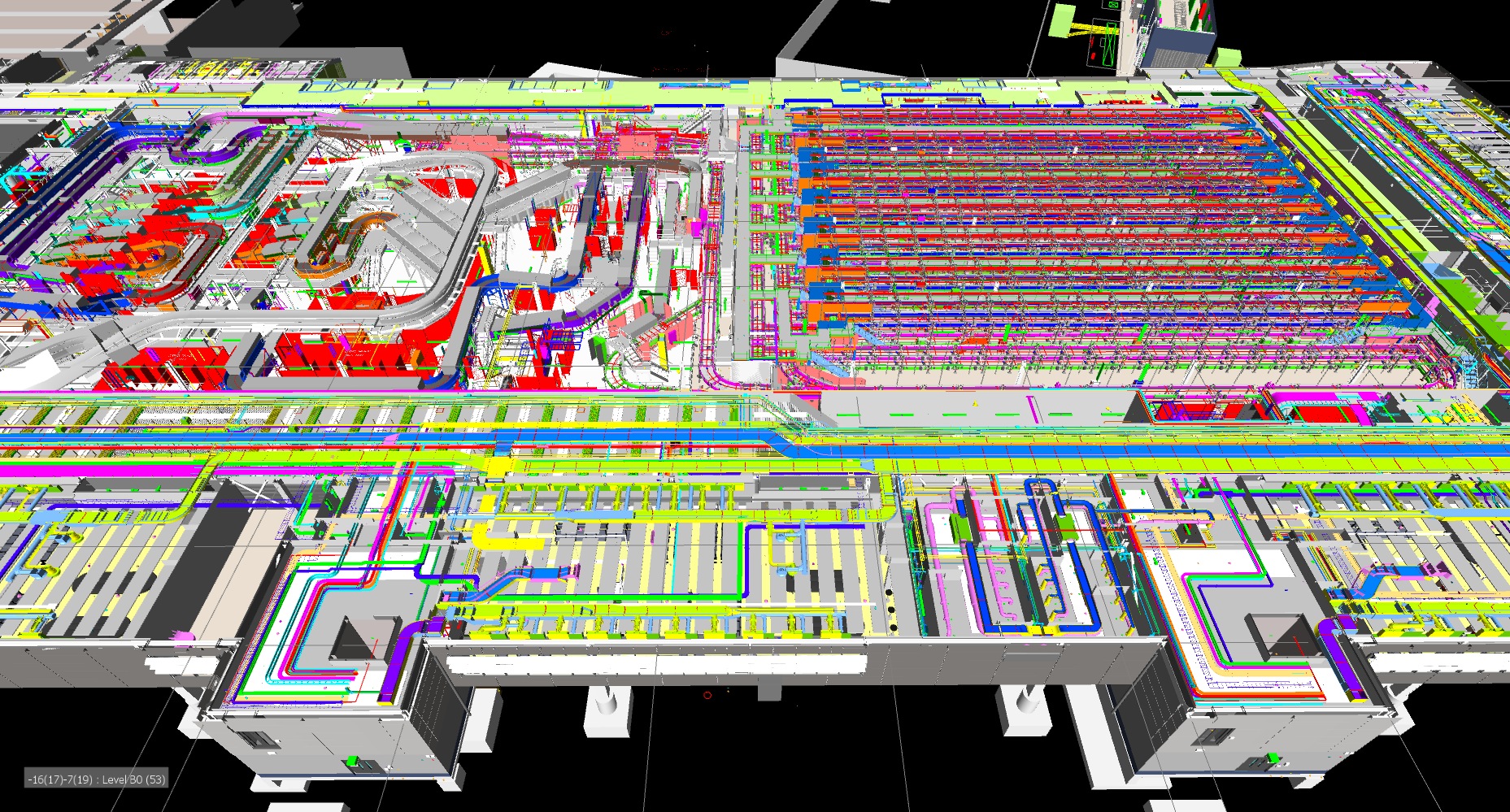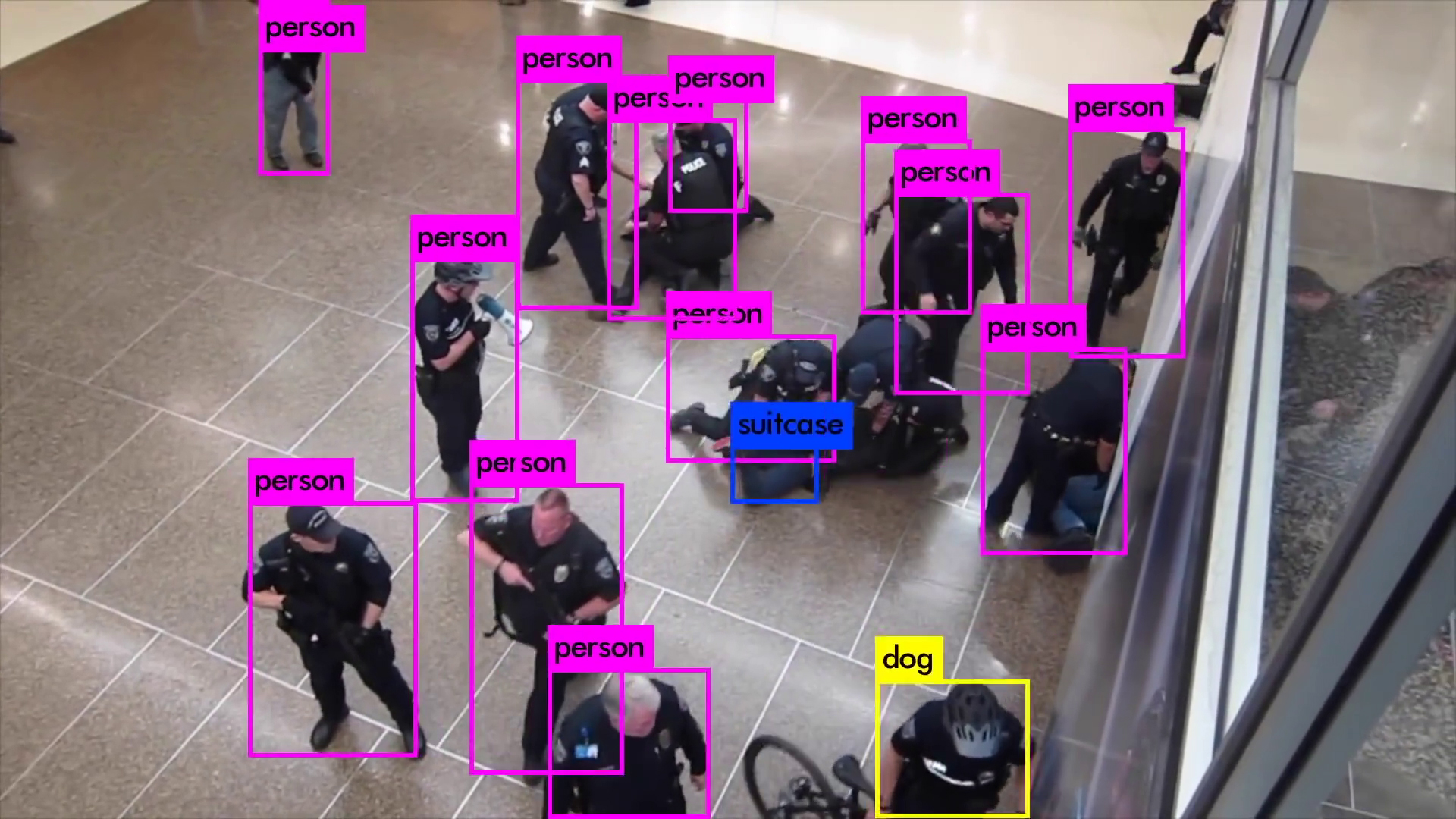Animism
Anselm Franke
Script by
Anselm Franke
Produced, composed, and mixed by
Nicholas Bussmann
With the voices of
Anselm Franke
Lindy Annis
Aaron Snyder
Natascha Sadr Haghighian
Anton Vidokle
Amal Issa
Rachel Ichniowski
With thanks to
Estate Marcel Broodthaers
Inês Carvalhal
Caitlin Chaisson
Brian Kuan Wood
kurimazutto
Len Lye Foundation
Ngā Toanga Sound & Vision
Andreas Petrossiants
Présence Africaine Editions
e-flux presents Animism—a digital exhibition and research project curated by Anselm Franke.
The wonder of being immersed in an exhibition, the social act of public viewing, and the aura of a work of art have never translated easily beyond the physical walls of the museum. During the pandemic, with its long months of social distancing and museum closures, the need for a viable approach to taking the exhibition experience online has grown more urgent in all parts of the world. This need is not new, nor are its challenges, since a small, flat screen, or more “immersive” digital formats, can never fully reproduce the bodily experience of viewing art and exhibitions in real space. And certainly click-through slide shows, Zoom events, or linear video streams are no answer.
Traditionally, however, the way to experience an exhibition beyond its walls or limited timeframe was by way of publishing: the exhibition catalogue. While the catalogue can never reproduce the bodily experience of the exhibition, it never attempts to—on the one hand, it would be ridiculous and a waste of paper, and on the other, the catalogue provides an entirely different view onto an exhibition by including archival, historical, analytical, or literary viewpoints that were never available to the bodily or spatial experience of the exhibition in the first place.
However, many contemporary exhibitions include this documentary approach in the exhibition’s conception from the outset. Most notably, the curator Anselm Franke is known for the “essay exhibition,” which includes documents, artifacts, artworks, and extensive analysis. And we are excited to share with you our first attempt at an online exhibition with Franke's groundbreaking Animism—a digital project that could also be a cinematic lecture, a speculative text performed by voices, images, and sounds, or a guided tour through an archive with multiple points of entry.
This special digital iteration on e-flux, thematically titled “A Report on Migrating Souls in Museums and Moving Pictures,” features works by Marcel Broodthaers, Walt Disney, Jimmie Durham, Edison Studios, Max Ernst, J.J. Grandville, Candida Höfer, Ken Jacobs, Joachim Koester, Len Lye, Étienne-Jules Marey, Chris Marker and Alain Resnais, Studio OLM, and Natascha Sadr Haghighian.
Taken as a whole, the Animism project tries to envision modern European history returning as its inverse: not as a story of the rise of science or the evolution of secular society and the enlightened subject, but rather as the invention and production of unfree matter and the non-animate—as an imaginary division whose material organization in capitalism is constitutive of modern forms of sociality and power. Animism tries to show that the power of animation cannot be isolated as aesthetic phenomena, since such power concerns the far more encompassing and political question of what it means to be included in a sociality and on what terms. It is not a question of the subjectivity of perception, but of the subjectivity of the so-called object. Decolonizing the term animism means using it as an optical tool that brings into view the boundary-making practices of modern colonial discourse.
Using artworks as guides, this special thematic chapter starts by looking at the divisions and boundaries at work in museums, and moves on to consider what museums do to so-called animist objects, and finally considers animation as an effect of the lifelike in images, particularly in film. The historically saturated sequence of artistic and documentary imagery suggests that modern mass media such as cinema derive their power from the impossibility to contain the collective dimensions of mediation found in the categories of Western psychology.
Animism on e-flux.com is the ninth iteration of the exhibition and overall research project curated by Anselm Franke and previously presented at Museum of Contemporary Art Antwerp (M HKA) and Extra City, Antwerp, 2010; Kunsthalle Bern, 2010; Generali Foundation, Vienna, 2011; Haus der Kulturen der Welt, Berlin, 2012; e-flux, New York, 2012; OCT Contemporary Art Terminal (OCAT) Shenzhen, 2013; Ilmin Museum of Art, Seoul, 2013; and Ashkal Alwan, Beirut, 2014.
Presented on a specially created platform designed by Other Means and developed by Jules LaPlace, this digital iteration of the Animism exhibition takes the form of a curator’s guided tour of selected highlights from the works, texts, and discourses that have informed or were generated by the project over the course of its many iterations and collaborations. The online exhibition is accompanied by an audio guide produced in collaboration with Nicholas Bussman and is intended to be viewed in a single sitting of around 45 minutes. The exhibition can also be navigated through manually via its featured works and transcript.
